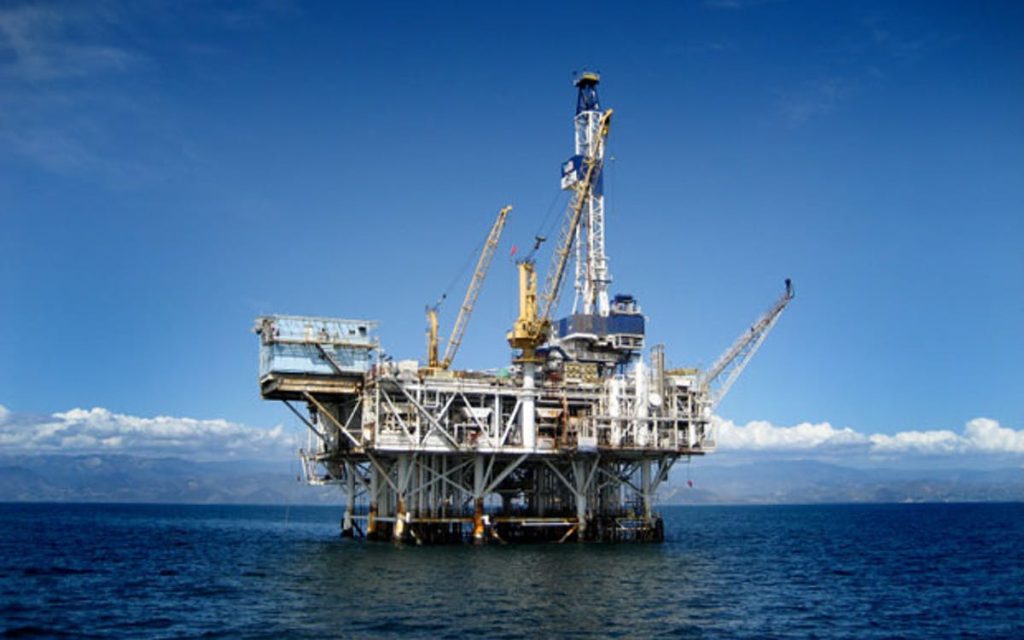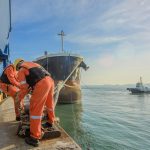
Floating wind farms could represent a major opportunity to transform the potential of this renewable power source, opening up the possibility of installing offshore wind farms almost anywhere in the world.
Whilst fixed offshore wind farms are becoming more numerous around the coasts of the UK, Germany and Denmark, they are constrained by one major factor: water depth. For many countries, fixed offshore wind is not an option for generating low CO2 electricity because the continental shelf drops away suddenly and steeply making installation of fixed structures much more difficult than in the waters of northern Europe.
In places where the seabed geography means coastal waters are relatively shallow, the use of conventional techniques to install offshore wind farms are commonplace. Foundations – either monopile or jacket – are embedded directly into the sea floor to provide a stable base on which the turbine sits. Going into deeper water means pushing foundation technology to its very limits as fixed structures are only suitable for water up to 50 metres deep.
Floating wind could be the answer. It marks a huge opportunity for countries like Japan and the USA to generate electricity from offshore wind farms because floating turbines do not require expensive and difficult-to-install subsea infrastructure. Floating structures are tethered to the seabed in order to give stability and reduce drift but there are few restriction on how deep the water can be – in the oil and gas industry we’ve seen floating infrastructure anchored in water over 4,000 feet deep.
What’s more, the potential to be able to fabricate, assemble and commission the turbines onshore saves time by minimising weather delays encountered when installing offshore, as well as saving money by reducing the need to use expensive bespoke installation vessels.
The UK has always been a pioneer in the design and installation of offshore wind farms, and together with Denmark we lead the world in producing energy from offshore wind – currently around 4GW in the UK – which is enough to power 3.1 million homes.
Our engineers are working with partners from around the world, pushing boundaries in offshore technology and drawing on experience gained from 40 years in oil and gas and 20 years in offshore wind to develop the next generation of clean, green energy and this includes floating wind.
Two great examples of how far floating wind has come in recent years are Statoil’s Hywind Demonstrator project in Norway and Principle Power’s WindFloat in Portugal. Atkins has been involved in both projects, which represent two different approaches to floating wind.
Hywind is designed around a spar anchored in 200m of water and is testing how wind and waves affect the floating structure, ahead of a small pilot project. It has already produced some enlightening results about how the design could work commercially and has been instrumental in opening the door for the advancement of this novel technology.


